There are apparently different levels of authentication. Most articles I read tell you to set the MaxAllowedZone to '1' which means that local machine zone and intranet zone are allowed but '4' allows access for 'all' zones.
For more info, read this article:
https://support.microsoft.com/en-us/kb/892675
This is how my registry looks (I wasn't sure it would work with the wild cards but it seems to work for me):
Windows Registry Editor Version 5.00
[HKEY_LOCAL_MACHINE\SOFTWARE\Microsoft\HTMLHelp]
[HKEY_LOCAL_MACHINE\SOFTWARE\Microsoft\HTMLHelp\1.x]
[HKEY_LOCAL_MACHINE\SOFTWARE\Microsoft\HTMLHelp\1.x\ItssRestrictions]
"MaxAllowedZone"=dword:00000004
[HKEY_LOCAL_MACHINE\SOFTWARE\Microsoft\HTMLHelp\1.x\ItssRestrictions]
"UrlAllowList"="\\\\<network_path_root>;\\\\<network_path_root>\*;\\ies-inc.local;http://www.*;http://*;https://www.*;https://*;"
As an additional note, weirdly the "UrlAllowList" key was required to make this work on another PC but not my test one. It's probably not required at all but when I added it, it fixed the problem. The user may have not closed the original file or something like that. So just a consideration. I suggest try the least and test it, then add if needed. Once you confirm, you can deploy if needed. Good Luck!
Edit: P.S. Another method that worked was mapping the path to the network locally by using mklink /d (symbolic linking in Windows 7 or newer) but mapping a network drive letter (Z: for testing) did not work. Just food for thought and I did not have to 'Unblock' any files. Also the accepted 'Solution' did not resolve the issue for me.


